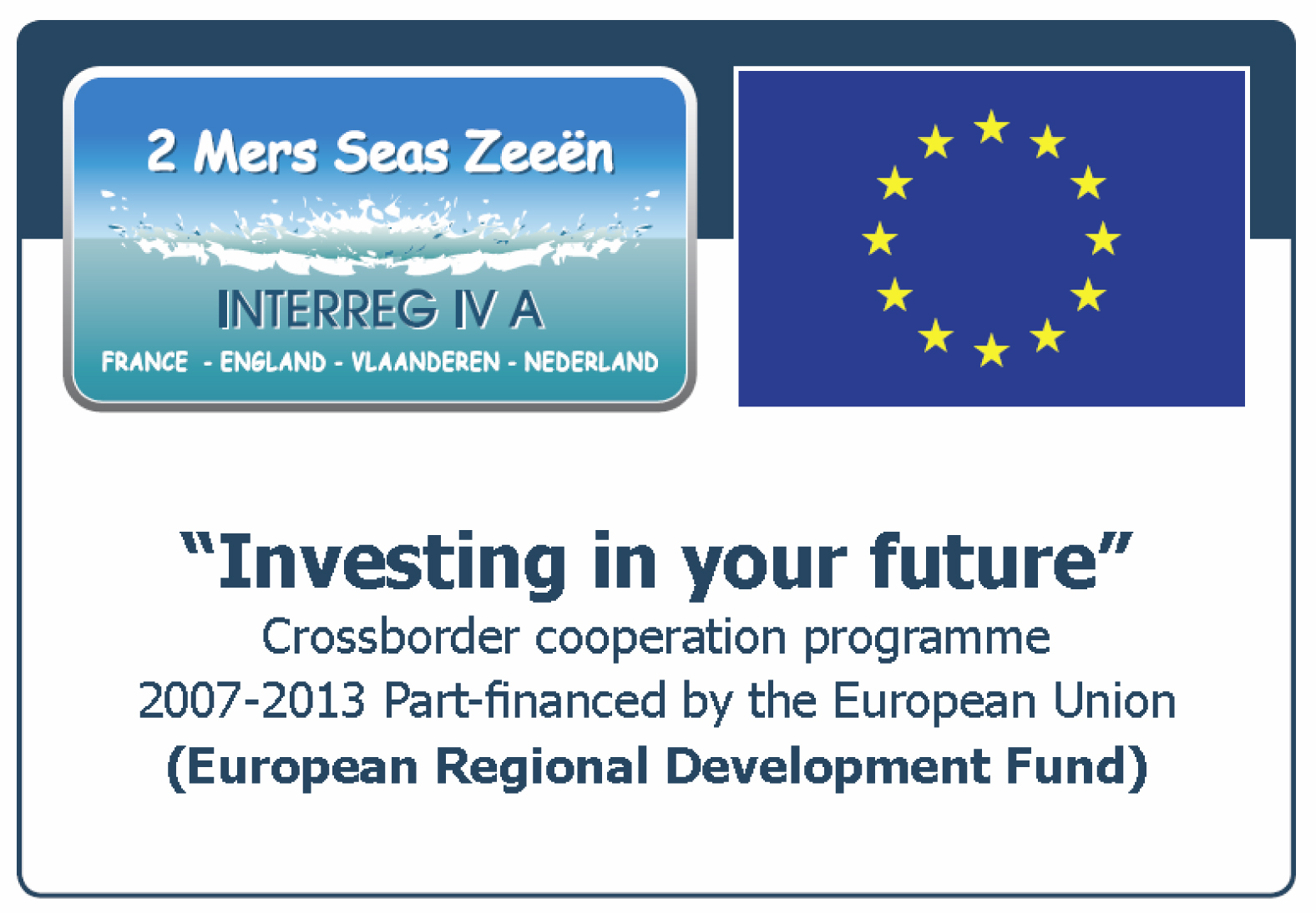Data Integration and Presentation
The project database was developed as the central repository for storing, rationalising and distributing the project results. The database is a relational database designed to provide the maximum potential for query building and ease of obtaining the required information and reports.
- Geographic functions: the database is a spatially enabled geodatabase and records are available to the project GIS;
- Accessibility: the database and interface are as accessible as possible and allow concurrent user working for international partnership development;
- Ranking: contains the ranking systems for individual records establishing relative scoring of information from various interrelated disciplines, including art, photographic. archaeological, palaeoenvironmental and coastal management data;
- Visualisation: the resulting data is suitable and accessible for the development of illustrative material, including 3D models, animations and schematic representations, web-GIS and the project website.
Data Analysis
The project has developed an online exploration platform for the visualisation and interpretation of the entire project study area (2D) and specific partner case study areas (2, 3 and 4-D). The platform is browser based, requiring no plugins or additional software. It offers the means to explore, understand and engage with the wealth of art, archaeology and heritage common to the partner states in a way not previously accessible to such a broad and diverse audience.
This online geo-portal has a plan-view interactive map illustrating the range and distribution of indicators of coastal change. Each of these points reveals additional information and imagery drawn directly from the underlying database. Additional navigation controls are available to allow the user to zoom into selected sites and features, including the 2, 3 and 4-D models created for several of the case study areas
